In Ukraine’s Kherson region near the Dnipro bridge, a Russian first-person view (FPV) drone equipped with solar cells has been spotted, marking a potential leap in ambush drone technology, reports Forbes. This modified drone, draped with lightweight solar panels, could enable indefinite battlefield surveillance and attacks, reshaping drone warfare tactics.
Ambush Drones Evolve with Solar Power
FPV drones are increasingly used for ambushes, landing along tracks or rooftops to await targets. Operators rely on spotter drones or the FPV’s camera to detect targets before launching an attack. Recent advancements include landing legs for better visibility over vegetation and fiber-optic cables for reduced energy consumption, extending wait times. The introduction of solar cells, as seen in the Kherson sighting, pushes this further by potentially allowing drones to remain dormant indefinitely while keeping batteries charged.
OSINT analyst DanielR highlights the practicality of this setup, noting that lightweight solar panels, like a 5-watt unit weighing under 0.5 pounds and costing less than $50, are widely available.
“Using it to charge the battery is troublesome given the voltages involved,” DanielR explained. “Instead, it’s probably just connected to the 5-volt bus, which powers VTX and camera, without any additional circuitry.”
This configuration allows the drone to function as a daylight CCTV sentry, conserving battery for attack missions.
Technical Feasibility and Limitations
A typical 5-watt solar panel generates 15–45 watt-hours daily, depending on sunlight. While an FPV drone consumes over 100 watts in flight, it requires as little as 7 watt-hours per day when grounded and dormant, or 5 watts with the camera active. This enables continuous surveillance during daylight, with enough power to sustain operations. However, the Kherson drone’s design appears rudimentary, with solar cells potentially obstructing rotor thrust, which could reduce flight efficiency.
The concept isn’t new. A 2022 University of Washington study developed a multicopter with folding solar cells, recharging in three hours for five-minute flights over long distances. Similarly, in 2024, Johannes Kepler University Linz researchers used ultra-lightweight perovskite solar cells, producing 44 watts per gram, to recharge a toy quadcopter with minimal weight impact. These advancements suggest solar-powered drones are becoming viable for extended missions.
Tactical and Strategic Implications
Solar-powered ambush drones could transform battlefield dynamics. By forming high-tech “minefields,” these drones could conduct periodic sweeps or attack autonomously when cued by sensors, creating persistent threats. Their ability to recharge enables slow, stealthy missions deep into enemy territory, hopping a few miles (3–5 kilometers) at a time. This could challenge defenses along borders or front lines, targeting assets like air bases.
The low cost and accessibility of solar panels—available for under $50 (approximately €47)—mean rapid adoption is likely. As seen with fiber-optic drones, which became battle-winners within a year, evolutionary successes in drone technology spread quickly. However, the Kherson drone’s clunky design suggests early-stage development, with trade-offs in performance that may limit immediate impact.
The Future of Drone Warfare
The Russian solar-powered drone, though imperfect, signals a shift toward energy-efficient, long-endurance drones. As solar cell efficiency improves and designs are refined, such drones could become standard in military arsenals, offering low-cost, sustainable solutions for surveillance and attack. For drone professionals and enthusiasts, this underscores the need to monitor rapid advancements in solar technology and their integration into unmanned systems.
Discover more from DroneXL.co
Subscribe to get the latest posts sent to your email.




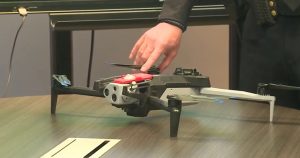

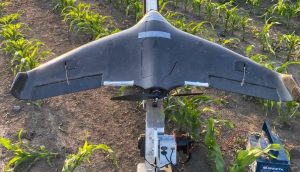
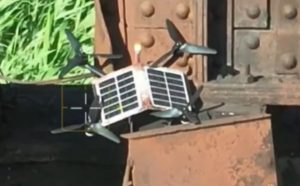
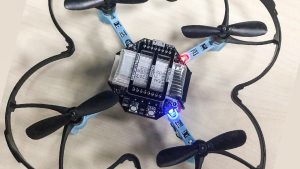





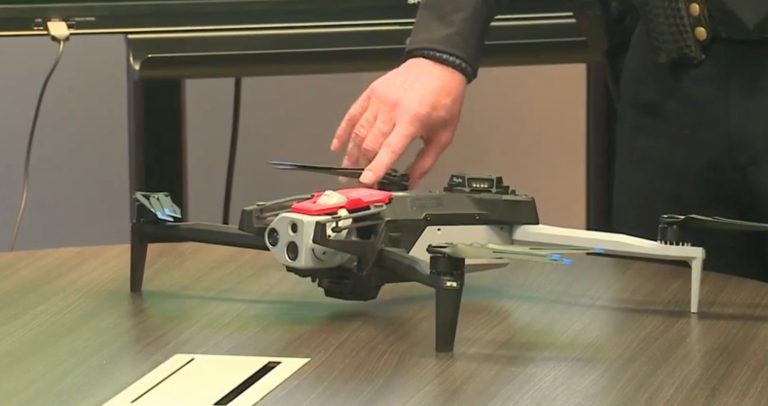
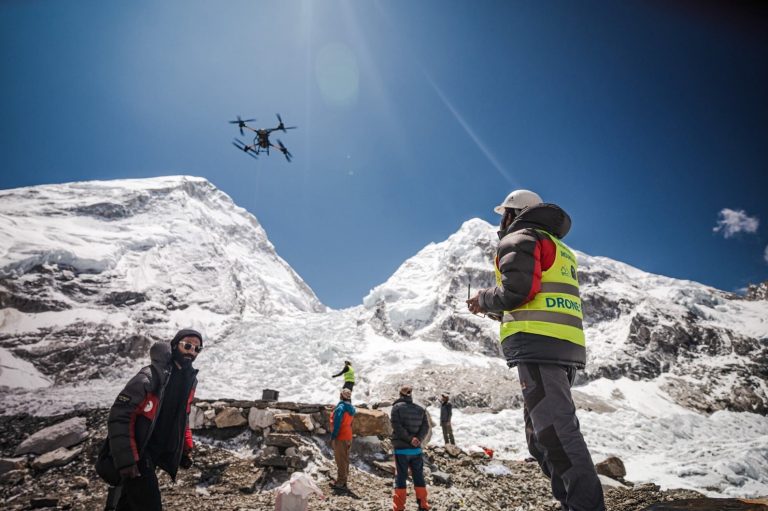
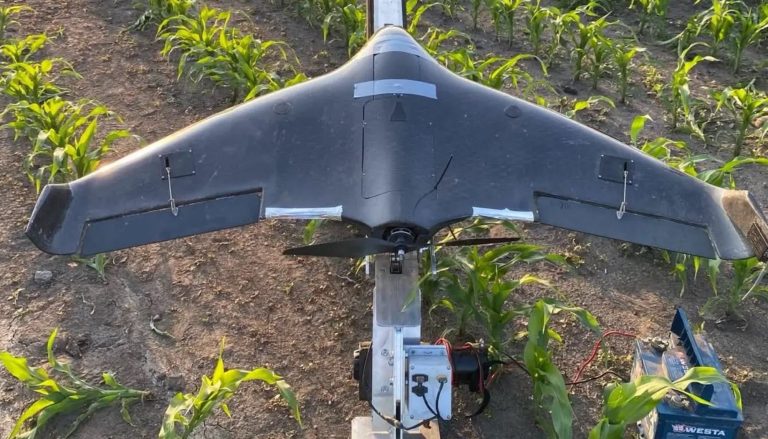
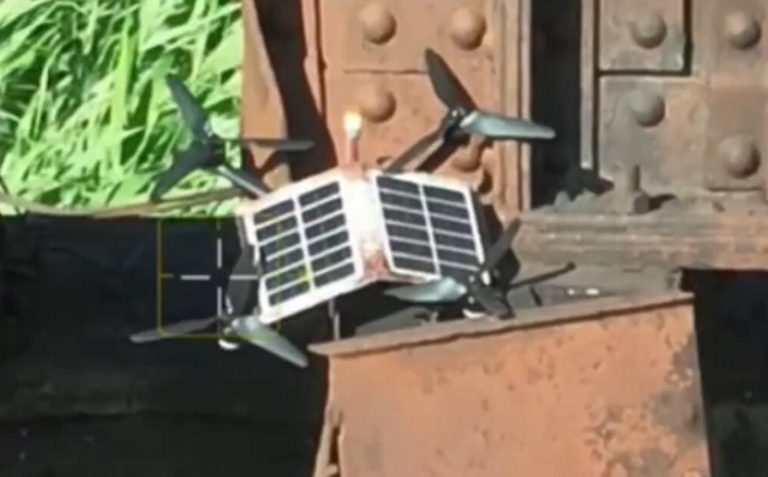
+ There are no comments
Add yours